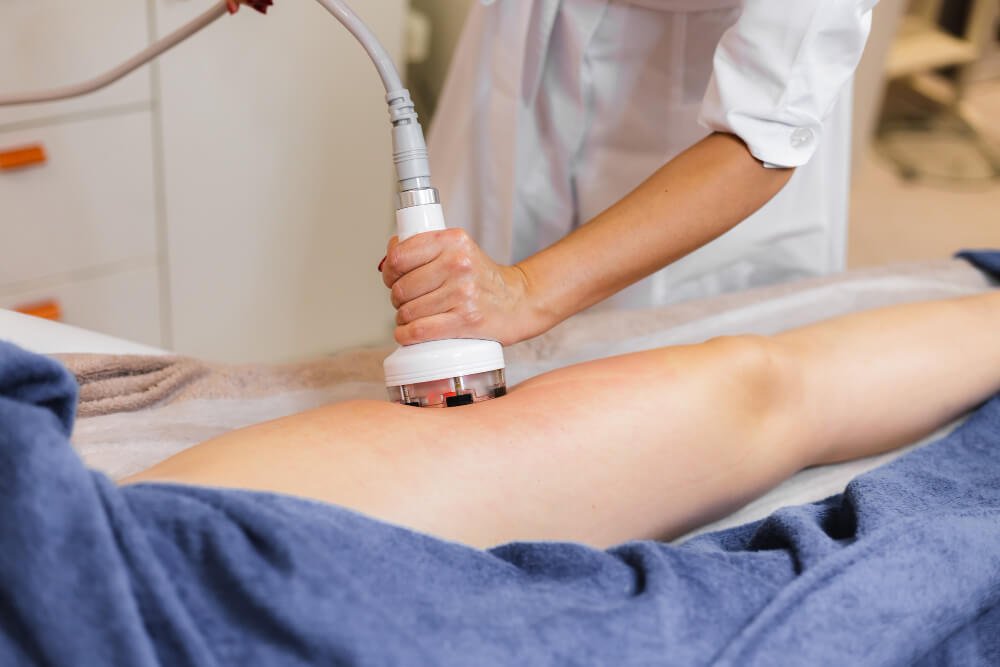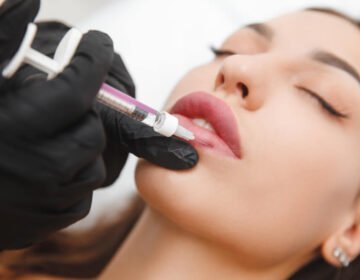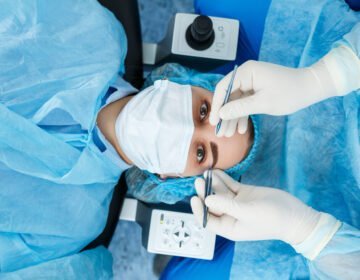
What is laser lipolysis and how does it work?
Laser lipolysis is a form of cosmetic surgery. Laser lipolysis uses laser energy to change the shape and appearance of your body. There are other types of lipolysis with injections and radiotherapy, but laser lipolysis is the most common technique.
What does Laser Lipolysis do?
Lipolysis targets smaller deposits of fat in certain parts of the body. If you have fatty tissue in your stomach, hips, thighs, or buttocks, these tissues are for you, and you want to remove them. This procedure is generally not recommended for people who are overweight.
If you are interested in lipolysis, you should seek advice on your goals from a plastic surgeon who has qualifications in this field. They can inform you about your interests and possible risks.
Advantages compared to other fat removal techniques
- Low risk of infection at the treatment site.
- The risk of scarring is minimal.
- The recovery period is shorter than some other steps. You can usually return to regular activity in about a week.
Lipolysis uses a laser to break down fat cells and reduce the amount of fatty tissue. This process also tightens the skin in the area of treatment. Your skin will be smoother and firmer than before.
Overall, lipolysis offers the same benefits as other fat removal procedures. The laser used in this procedure is safe for clinical use and does not pose a significant risk of skin burns. There is little risk to the treatment area, and scarring is minimal.
However, there are some advantages over cosmetic surgery, such as liposuction. Lipolysis can be done in your clinic. The recovery period will also be shorter. Likewise, regular activity can usually be resumed in a few days. Liposuction, by comparison, usually has a recovery period of several weeks.
Cost
According to the American Society of Plastic Surgery, the average cost of non-surgical fat loss, such as lipolysis, is about $ 1,700 per session. However, the price may be different depending on your area and your doctor.
Please check the approximate cost before booking a treatment. Lipolysis is an optional procedure and is not covered by insurance. If you can’t afford the out-of-pocket costs, talk to your doctor about payment planning options.
Preparation
Your doctor will guide you on how to prepare for your procedure.
They can advise you:
- Do not take anticoagulants and anti-inflammatory drugs for the two weeks before your procedure. These drugs can interfere with your body’s healing process.
- Avoid activities that may irritate the area to be treated during the week before treatment. This includes tanning and shaving.
Make sure your doctor knows about your previous illness or the prescription medication you are taking. They can advise you on other necessary precautions. After the procedure, the doctor will give you a sheet of detailed instructions to help you recover. Follow these instructions and carefully observe the site of lipolysis to ensure that your skin is adequately healed.
Even if you can resume your daily life relatively quickly, planning a drive home after the procedure makes sense. Do not drive if you feel uncomfortable. Make a plan in advance.
What to expect during the procedure
This procedure is generally completed in less than an hour and wakes you up forever.
In most cases, only one session is required. Only one session is needed, even if you choose to do it on multiple areas of the skin.
Lipolysis may be done in combination with traditional liposuction. This can increase the duration and recovery process. Talk to your doctor about what to expect.
If you are only undergoing laser lipolysis, your appointment will be as follows:
- Ready and given a sterile scrub or gown to wear in a clean setting. Probably a clinic.
- Next, a local anaesthetic is injected into the area where lipolysis is planned.
- Your doctor will make a tiny (sometimes only a millimetre!) Incision where you have unwanted fat deposits.
- The doctor inserts the laser through an incision below the top layer of the skin. Move it back and forth from different angles under the skin. During this time, you may feel hot or cold. Due to anaesthesia, there should be no significant discomfort.
- Laser-destroyed fat deposits are massaged or sucked from the area, depending on the amount of “melted” fat removed.
After the fat is removed, you can get up and walk around as soon as you leave the clinic and do your daily activities.
Possible Side Effects and Risks
After treatment, you may be prone to bruising and feel uncomfortable for several days. There is a risk of infection and scarring if the laser sight is not properly cared for after surgery. In severe cases, blood clots can occur. If you experience abnormal swelling, pain, or secretions, you should see a doctor.
This is a relatively new practice, so little is known about the potential for long-term risk.What to expect during recovery.
After lipolysis, you may need to take antibiotics for 3-5 days to fight the infection. Your doctor will also tell you how to maximize the results of your procedure, whether it’s a specific exercise program or a diet change.
Recovery times vary, but you can rest for at least eight days from exercise and other strenuous activities.
You should be able to see some of the effects of lipolysis immediately. Your skin will look tighter, feel tighter, and be more compact. However, bruising, swelling, and inflammation may be seen in areas where lipolysis has been applied.
If you experience any abnormal changes in pain or drainage, follow the area and see a doctor.
Your doctor may ask for a follow-up test to make sure things heal correctly about a week after the procedure.
Duration of Results
The effect of lipolysis is highly dependent on individual expectations. According to a 2011 report, many people are dissatisfied with the results of lipolysis. The study mentioned in the review found a 51% chance that even a dermatologist would not say the difference between before and after lipolysis photographs.
Lipolysis can change the look of your body, but diet and exercise determine if your results are permanent. If you see the visible results from your lipolysis, they should be permanent unless you put on weight. As you gain weight, the consequences of lipolysis may disappear.
















